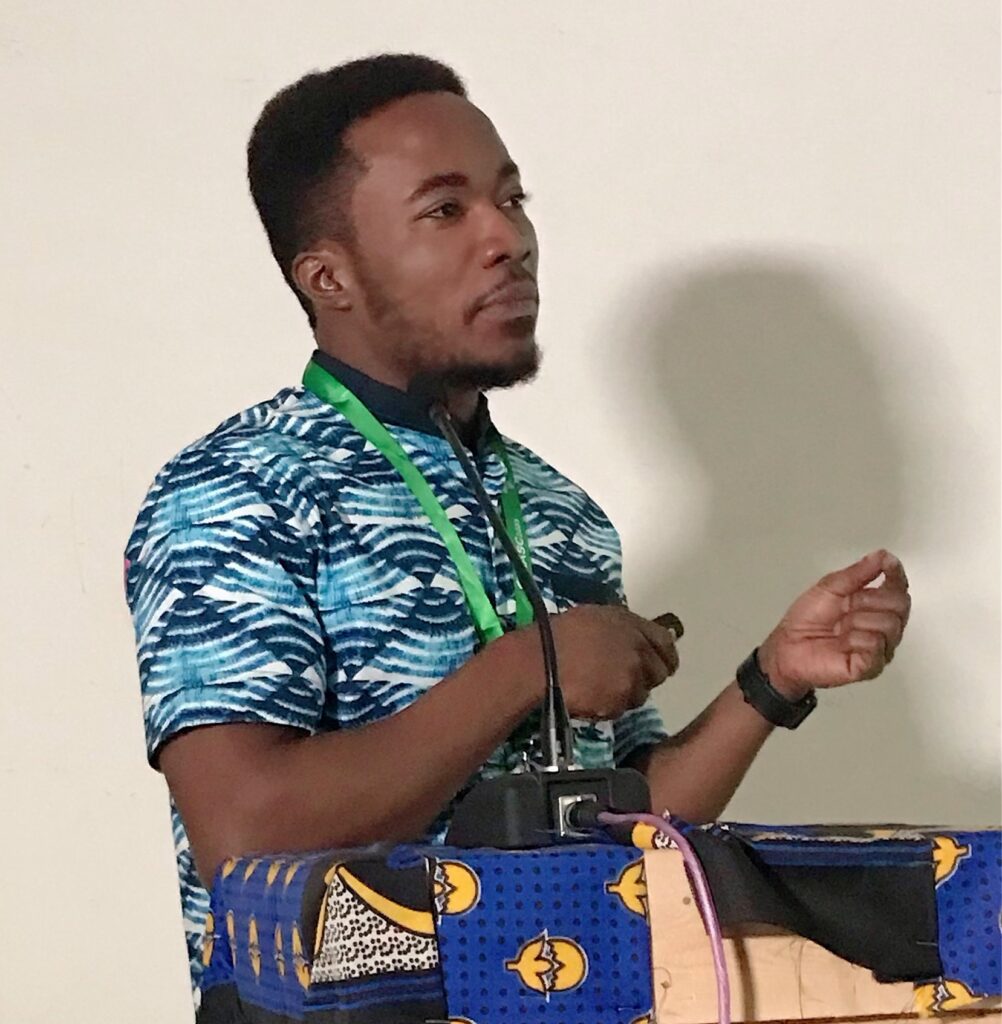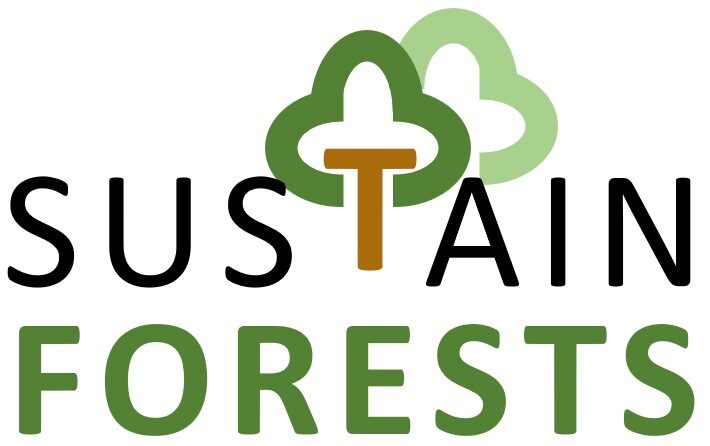
Photo credit: Frank Mintah
Globally, the pressure on common pool resources is increasing with the related human and environmental cost of their depletion. The need to safeguard these resources and build the kind of resilience that leaves no one behind appears to be under-discussed. With the theme “The Commons We Want: Between Historical Legacies and Future Collective Actions”, this year’s IASC conference sought to mobilize a discourse on the commons considering: colonial histories and globalisation processes, and their influence on the commons and the commoners. And further, it aimed to shape debates on sustainable pathways reflecting future collective actions at different levels and scales.
My Contribution
In view of the foregoing, I presented my research on the topic: Institutions and Impacts of forest Governance on the persistence and re-emergence of forest in the tropics: An archetype approach. This research gains its significance by filling the existing gap in forestry research which has largely concentrated on the biophysical, socio-economic, and landscape factors or variables that drive forest land-use changes; while the limited governance-centred research, on a case-by-case basis, focuses on how governance has failed in addressing forest sustainability. Hence, two critical questions form the basis of the research, thus: What recurrent types of governance arrangements influence forest persistence and regrowth in tropical forest regions? And, how do these governance arrangements explain why forests persist or (re) grow – impact pathways?
Through model-centred meta-analysis of empirical cases from literature – utilising hierarchical cluster analysis and formal concept analysis – the study resulted in three major governance typologies and four major impact pathways that explain persisting and re-emerging forest characteristics, which are relevant considerations for policy (re)formulation and forest restoration to tackle the problem of forest depletion and deforestation at various governance levels. The synthesis of governance impact pathways also serves as strategies to strengthen local capacities and resilience towards the sustainable use of common resources.
My Reflections
Changing institutions for the governance of common resources can be understood as the dynamics of human-environmental interactions: multiple stakeholders or actors, varied interests (valuation of eco-centered benefits and cost), and power negotiations. These dynamic factors as shaped by global sustainability narratives, economic development agendas, urbanization, and mega infrastructure development impose pressure on common resources and drive their depletion. It was evident the impact of colonial governance structures on post-colonial/post-independence and subsequent neoliberal resource policies on the traditional institutions for the governance of the commons. The impact of such transitions has led to critical justice issues related to the emergence of new institutions, redistribution of power and rights to common resources, mostly at the detriment of indigenous/local people – across various resources (forest, water, mangrove, pasture/graze lands, agriculture lands).
This necessitates the conceptualization of the governance of common resources within a multiscale actor and governance constellations – thus, changing institutions at different governance scales influence different forms of resource management arrangements – within power relations are very key. In essence, the analysis of action situations across multiple governance levels is important – not just a bottom-up approach but also the role of the state in safeguarding the common pool resources. This makes it meaningful to understand the problem of resource sustainability from multiple research frameworks such as polycentric governance, systems thinking, and dynamic modelling as presented at various panel sessions I attended.
Lessons Learnt
The concentration of cases on common resource governance also highlighted the application of useful institutional analytical frameworks for research on common resources which are relevant for my research. These included Institutions Analysis and Development (IAD) Frameworks, Politicized Institutional Analysis and Development Framework (PIADF – which incorporates the political-economic context and discourses – Clement, 2010), and static and dynamic concept of institutional change (Thiel 2014 – distributional theory of institutional change), New institutional economics, Network of Action Situation (NAS) concept as well as (institutional) process tracing methods (incorporating historical dimensions). Whiles these frameworks distinctly help to understand institutional arrangements for resource governance, one could also draw meaningful insights from their combined application to better understand the complexity of common resource governance, for example, the combination of IAD and NAS concepts.
Again, it was useful to learn from the use of the Adaptive Cycle Model (Fath et al., 2015) to explain how historical institutional changes and collective action processes enabled forest transition (case from Japan). I gained insights from the use of Institutional Grammar (IG) – a tool for analysing institutional statements (representing norms or conventions or rules) as expressed in policy, regulatory, or legislative documents and in human behaviour or behavioural expectations – enabling an analysis of resource governance institutions, structures and networks.
My Takeaway
The presentation of different cases at the conference enabled me to cultivate an in-depth understanding of the conceptual underpinning of common resources, the multifaceted factors influencing common resource conditions, as well as the various transitions occurring in its governance.
Among my critical takeaways is the need to incorporate power and justice issues in the analysis of the common governance as these are critical issues largely ignored in environmental governance theory and concepts. Considering increasing globalisation processes and socio-cultural and economic transitions, especially in the global south, questions about who has access to what, who benefits from common resources, and who gets to make decisions about common resources, are crucial to developing sustainable future pathways. The analysis of power relations and justice issues in resource governance will make the application of polycentric governance and environmental justice concepts more meaningful in the context of my PhD research as I aim to understand the complexity of factors that influence forest persistence as well as their degradation and identify sustainable future governance pathways.
Also, I found it important to understand the “what” and “how” questions related to successful cases of forest management and governance, as compared to the over-concentration of existing research which problematizes forest governance. The synthesis of such success factors could inform policy and interventions needed for a positive sustainability transformation. This also serves as the basis for my current research which aims to draw from recurrent patterns that explain forest persistence and re-emergence in the tropics.
Further, what appears to be less clear is the connection between historical processes, the present governance and future sustainability pathways. Though existing research provides considerable explanations of the changing institutions and related impact on common resources, there has been limited uptake of future-oriented approaches – for which reason systems thinking and modelling approaches are very essential.
Acknowledgement
Thanks to the Faculty of Science Conference Support for Young Academics which provided financial support to make my attendance at this conference possible.
Report by:
Frank Mintah, PhD student.
